Every one of the four Toy Story flicks [to date] has been about the same thing: finding your purpose. The fourth installment seems to convey this message more powerfully, at least I thought so, through the metaphor of the inner voice.
Without giving the film away, that voicebox inside some toys becomes very important in this film. What if yours is broken? What if you don’t have an inner voice ? Does that mean you have no conscience?
As it happens, this tends to be our default response when we’re faced with unfathomable crimes like the Watts Family Murders, The Disappearance of Madeleine McCann and Who killed JonBenet Ramsey? We can’t understand the people involved so we immediately imagine THEY don’t have a conscience. How could they?
But what if they do, and what if committing these crimes is precisely because this inner voice, this inner purpose, made it impossible not to.

There’s a wonderful scene in Toy Story 4 where Buzz is trying to reason with Woody, trying to show Woody that his efforts to rescue someone are…well…probably not worth it. Woody answers by saying he’s just listening to his inner voice. This prompts Buzz to look for and listen to his. He’s pretty sure he doesn’t have an inner voice, not in the way Woody does anyway.

And it’s true, Buzz doesn’t. None of us have the same inner voice. Each of us has a unique purpose. So, when faced with a delicate choice, Buzz presses his own buttons, hoping for a programmed response from his inner voice that sits well with him. But each time his programmed answers tell him not to do what he wishes he did want to do. And finally, he obeys his programming and heads off.
This is a fantastic analogy to similar situations in True Crime. We can’t understand why criminals would do some of the things we would never do. Because of that, we put them in a box, call them MONSTER or NARCISSIST or SOCIOPATH, put the box on a shelf and shrug our shoulders with a huff.
The fact is, we’re only going to figure out the why of these crimes if we take the time to figure out their programming [the dynamics, the psychological wiring, the inner dialogue]. Instead of projecting our inner voices onto them, and into their situations, we have to spend some time figuring out who they are. What’s actually going on inside the toy crime and the criminal? And to do that we must examine their voice box inner voice.
 The TWO FACE series endeavors to do that – to figure out why Chris Watts discovered that getting a divorce really wasn’t an option for him. Like Woody in Toy Story 4, Watts was also a cowboy who finally figured out he’d gotten himself lost, but this crisis also prompted him to try to find his true purpose. In fact, for Watts, being who he was in the situation he was in, divorce didn’t feel like the best option, it felt like the worst option.
The TWO FACE series endeavors to do that – to figure out why Chris Watts discovered that getting a divorce really wasn’t an option for him. Like Woody in Toy Story 4, Watts was also a cowboy who finally figured out he’d gotten himself lost, but this crisis also prompted him to try to find his true purpose. In fact, for Watts, being who he was in the situation he was in, divorce didn’t feel like the best option, it felt like the worst option.
Why? How did that happen? And is that happening to us?
By peeling back the layers and getting into the stuffing, we find the humanity hidden under the veneer of a perfect toy. In the same way, when we peer under the veneer of a picture-perfect family, and a picture-postcard marriage, we see real people, with real flaws, and flawed approaches to dealing with serious problems. And perhaps, just perhaps, by looking at what went wrong in their fairy tales, we can avoid making the same mistakes as we head into the sunset in search of our own Happily Ever Afters.
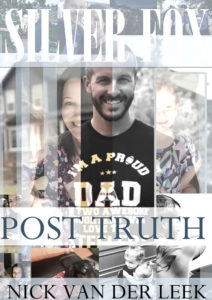
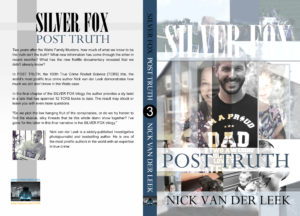
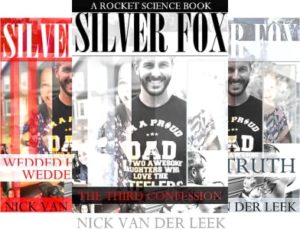
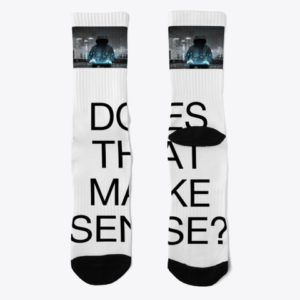
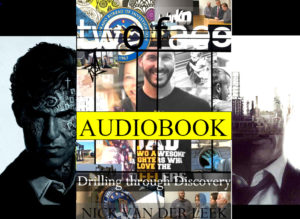


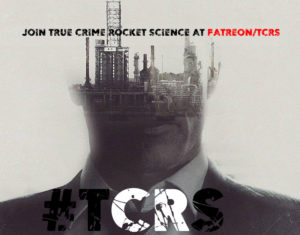
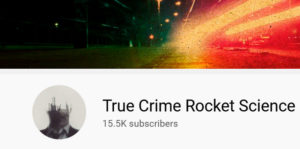
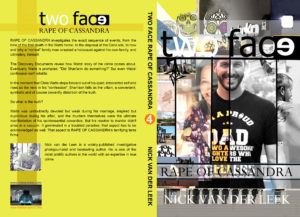
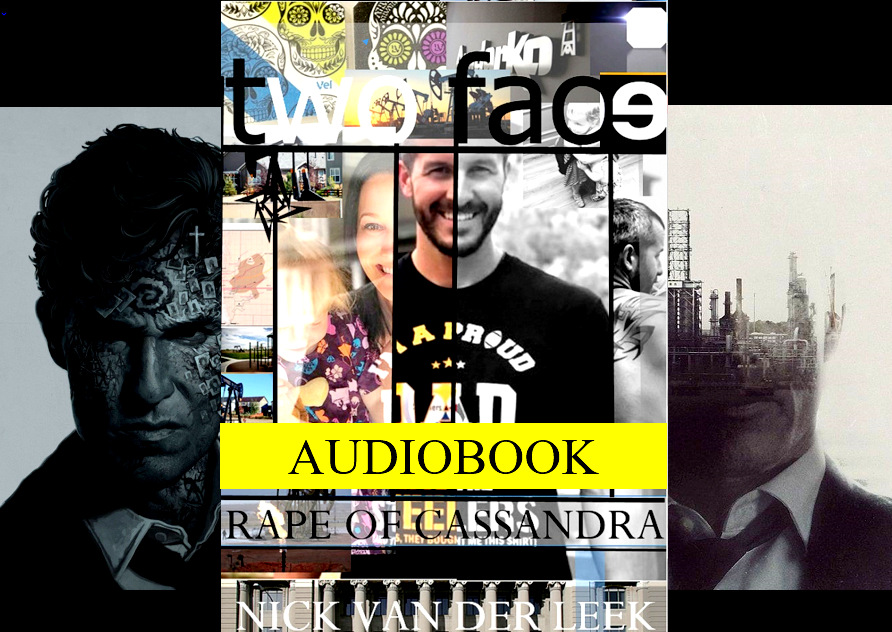
Recent Comments